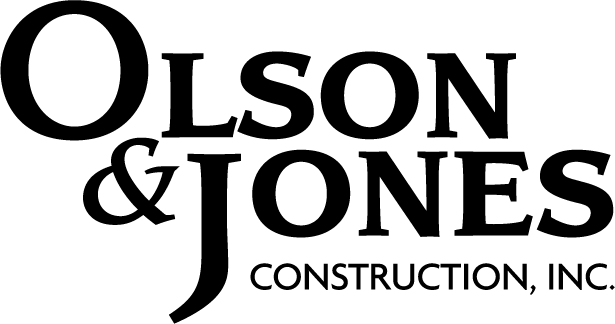Better, Not Cheaper... Where You Need to Avoid Skimping
So, where should you look for savings? And more importantly, where shouldn’t you look?
When formulating the budget for a remodel, it’s necessary to “aim high”. We can budget and allow for some contingency, but often when we see that total in the estimate our contractor provides, we are still shocked.
So, when we feel that sticker shock, instead of making a panic decision to back out altogether, what can we do? If the project is a remodel, we can complete it in phases. Ask your contractor about which parts of the project make sense to do now, and which parts you can do later. You can also engage in “value engineering”. This is where you and the design professionals figure out which features are crucial to you as a homeowner, and which ones could be switched for similar, less expensive materials or techniques.
If you have your heart set on a tile backsplash in your kitchen, you could consider giving up the expensive, custom made tile and executing the pattern with a stock tile, generating savings on the material side. Or, you could further your savings on the kitchen portion of your project by choosing to go with a non-custom tile in a more straightforward pattern that doesn’t require more time and labor to execute. This way, savings are generated through both material and labor costs on a certain part of your project, and your ideas and wishes for your space are still adequately considered.
However, it’s worth noting that not all aspects of a job can be effectively value engineered. At Olson & Jones, we discourage homeowners from seeking savings in the labor portion of your project. If two contractors see the same scope of work and one agrees to perform the project for much less, we need to consider what’s being left out.
If the proposals are inclusive of all aspects of the project, the cheaper contractor could potentially skimp on the labor and materials, do only parts of the job, or worst of all, perform the project without paying all labor parties involved. If your contractor neglects to pay all subcontractors, the unpaid parties can put a lien on your home, making you responsible beyond what you’ve already agreed to pay. You can see how going cheap on the labor portion of your project opens up a very expensive Pandora’s Box of potential issues, making that very cheap bid so expensive it’s now unaffordable.
An aspect of your home that should not be skimped on is roofing. Roofing is the primary barrier between your home and the elements outside. When you try to find the lowest bid for a roof, what you’re usually “going cheap” on is the labor and the techniques used to install the roofing, which are arguably the most crucial parts of the process. Since your roof is the most important protective barrier between your home and moisture, this is a part of your home where you simply can’t afford to settle for less than the best.
Another item where savings should not be targeted is insulation. When you opt to purchase a far higher quality insulation, you’ll see heating and cooling costs savings start to recoup the initial cost immediately. Additionally, once you’re in your house and the project is complete, it’s a lot of work to get back into the insulation and change it because you’re not satisfied with the results.
Overall, you want to avoid skimping on the home’s mechanical, electrical, and plumbing systems. These systems are located far within your walls. Although we don’t see them every day, we use them constantly and they are imperative to the health of the home. When you have the opportunity to choose these vital home systems, choose something you can be confident is high quality. It’s not easy to get into the walls once they’re closed up.
So you can see there are ways to strategize a project’s budget to maximize the equilibrium between your wants and needs, your budget, and the quality and safety of your home and the products used to build it. Your home is one of your most important investments, and you deserve something beautiful, safe, and lasting.

